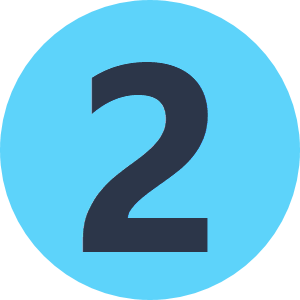Hi All,
I am seeking assistance in developing an FME workflow to perform clearance analytics for both roads and power lines in terms of trees - utility vegetation management. Our source data includes:
- Mobile Laser Scanner (MLS) Point Clouds: Representing the surrounding environment. The data includes the canopy and branch classification of each individual trees.
- Pre-defined Clearance Profiles (Vectors): Defining the acceptable clearance zones for roads and power lines.
- Linear Reference Data (Polylines): Representing the road edges or power line geometry.
Workflow Goal:
The objective is to identify and classify obstacles within the pre-defined clearance profiles. This involves:
- Spatial Analysis: Identify point cloud data falling within the designated clearance profiles.
- Obstacle Classification: Classify the identified points as potential obstacles.
- Obstacle Dimensioning: Measure the dimensions of the classified obstacles.
Risk Assessment Output:
Based on the identified obstacles, we aim to generate a risk assessment report with three categories:
- Immediate Action: Obstacles of tree branches / canopies requiring urgent attention.
- Review Needed: Obstacles of tree branches / canopies requiring further on-site investigation.
- No Review Needed: Acceptable obstacles of tree branches / canopies within clearance tolerances.
Request for Expertise:
We are inquiring if anyone in the FME community has experience with similar workflows. We would be grateful for any insights or suggestions you can provide to help us achieve this functionality.








